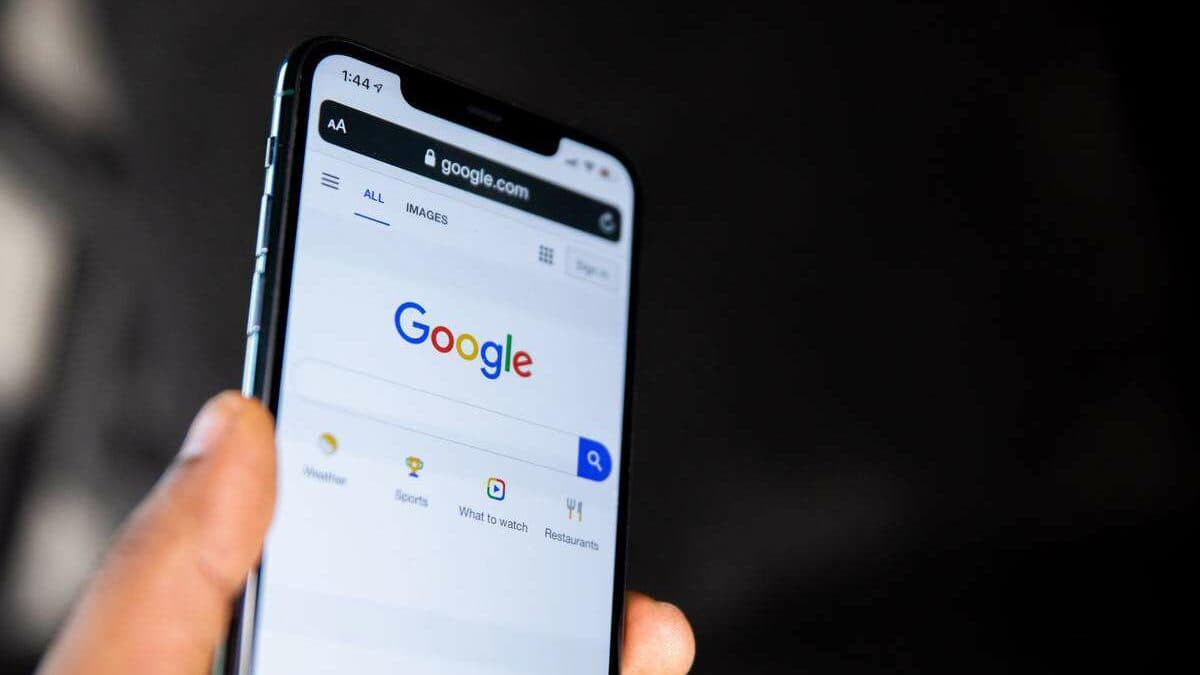Google is rolling out a new sponsored results label that stays visible as you scroll, plus a hide button for ads.
What’s happening: Google is grouping all text ads on search results pages under a single “Sponsored results” label that remains visible as users scroll, whilst introducing a new “Hide sponsored results” button that allows users to collapse ads with one click, rolling out globally on desktop and mobile.
Why this matters: The changes make paid results more transparent and give users control over ad visibility for the first time, potentially affecting click-through rates and advertiser performance as the search giant faces ongoing regulatory scrutiny over advertising practices and market dominance.
Google is consolidating text ads on search results pages under a single “Sponsored results” label that stays visible as people scroll, whilst simultaneously introducing a button that lets users hide all ads with one click.
The changes, announced by Google on 13 October and rolling out globally, represent a significant shift in how the search giant presents advertising to its billions of daily users.
Omkar Muralidharan, VP of Product Management and Data Science at Google Ads, said the company tested the new design and found it helps people navigate the top of the page more easily.
“This new, larger label stays visible as people scroll, making it clear which results are sponsored, upholding our industry-leading standards for ad label prominence,” Muralidharan said.
Sticky labels
The sponsored results header will appear above or below AI Overviews, Google’s AI-generated summaries that have become increasingly prominent in search results. The size of individual ads remains unchanged, and Google states there will never be more than four text ads in a grouping.
The new labelling system also applies to Shopping ads, which will now be marked as “Sponsored products” under the same design framework.
One-click hide
The most significant user-facing change is the introduction of a “Hide sponsored results” control. Once users scroll past the sponsored section, they can click a button to collapse all text ads and focus exclusively on organic search results.
This marks the first time Google has provided users with a direct mechanism to remove ads from their search experience, albeit temporarily. The hide function must be activated each time users scroll past the sponsored section.
The button also appears at the bottom of search results pages, where text ads sometimes appear alongside organic listings.
Shopping included
Beyond text ads, the sponsored label redesign extends across multiple ad formats. Shopping ads, which display product images, prices and merchant information, will now carry the “Sponsored products” designation under the same visual system.
The consistent labelling aims to provide clarity across different advertising formats whilst maintaining what Google describes as industry-leading standards for ad transparency.
Global rollout
The changes are currently rolling out to users worldwide on both desktop and mobile devices. Google has not specified an exact timeline for complete deployment, but the update appears to be phased rather than instantaneous.
For advertisers, the changes could affect performance metrics. More prominent labelling may reduce click-through rates as users become more aware of paid placements, whilst the hide function introduces an entirely new variable into search advertising dynamics.
The update comes as Google faces increased scrutiny from regulators worldwide over its advertising practices and market dominance. Clearer ad labelling and user controls may help address transparency concerns that have emerged in multiple jurisdictions.
Google has not disclosed whether the hide function is permanent or part of a limited trial, nor has it indicated whether similar controls might be introduced for other ad formats beyond text ads.
The changes represent Google’s ongoing effort to balance commercial interests with user experience, as the company continues to derive the majority of its revenue from advertising whilst maintaining search quality and user trust.
Keep up to date with our stories on LinkedIn, Twitter, Facebook and Instagram.


